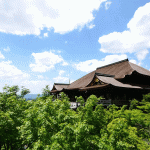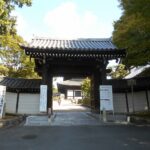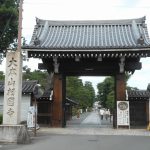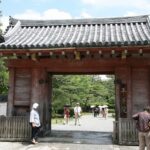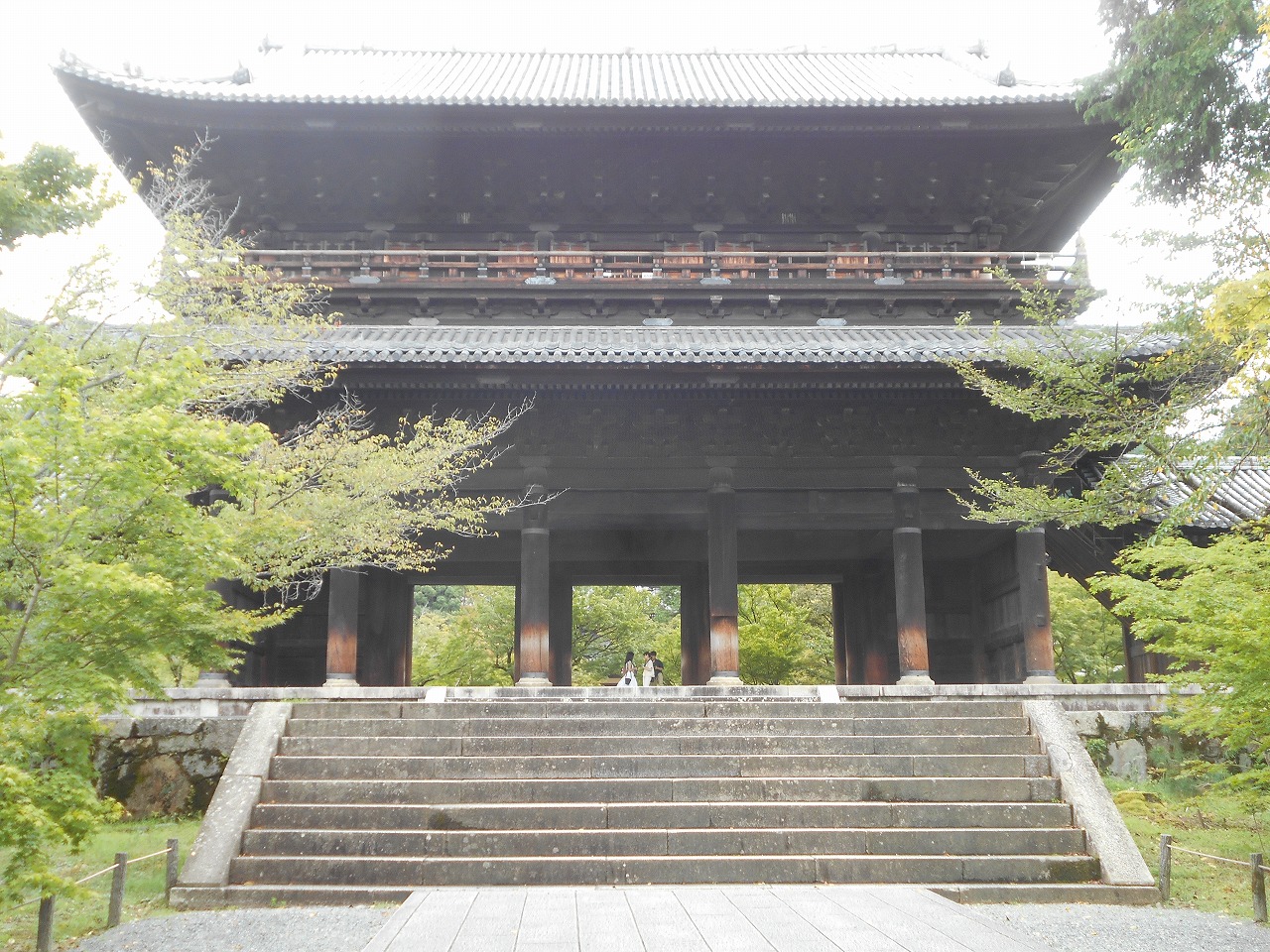
ページの目次
Nanzen-ji Temple(南禅寺)
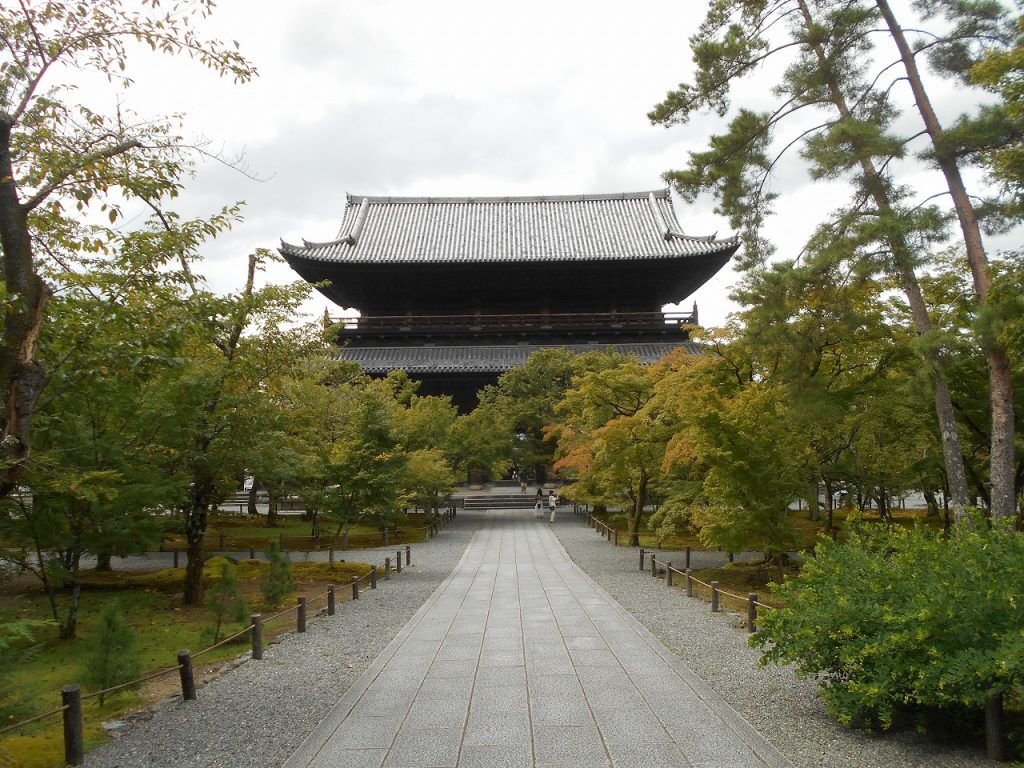
1. Location-Access
This temple is located at Okazaki Area near the Heian Shrine, Kyoto.
It takes 25 minutes by city bus #5 from Kyoto sta. to Higashi-tennoucho bus, ten-minute walk. City bus: Kyoto station (Line #5)→Higashi-tennoucho(7 minute-walk)→Nanzen-ji
Subway: Kyoto station →Karasuma-oike→Keage(10 minute-walk)→Nanzen-ji
(この寺は、平安神宮近くの岡崎エリアに位置している。
市バス#5系統 京都駅→南禅寺(約25分)、(徒歩10分)→南禅寺
地下鉄 京都駅→烏丸御池駅→東山駅、(徒歩10分)→南禅寺)
2. Who was built this temple?
1) In 1291, this temple was established by Fumon Mukan and Soen Kian after a dispatched place was donated by Emperor Kameyama (Houou) . The principality is Syaka Nyorai.
(1291年、亀山法皇の土地を譲り受け、無関普門(大明国師)、規庵祖円(南院国師)によって創建された。本尊は釈迦如来である。)
2) Zen Buddhism is a collective term for three Sects such as Rinzai Sect, Oubaku Sect and Souto Sect. Nanzen-ji is the head temple of Nanzen-ji Sect of the 15 head temples in Rizai Sect and Oubaku Sect.
(禅宗は、臨済宗、黄檗宗、曹洞宗の3宗の総称である。臨済宗、黄檗宗には15の本山が
あり、南禅寺派の大本山である。)
3) In Muromachi period, this temple has been worshiped as the praying grounds for national peace and was positioned as a special case and highest ranking of all five mountains.
Kyoto five Mountains: Exceptional Nanngen-ji, 1st Tenryu-ji, 2nd Syoukoku-ji, 3rdKennin-ji, 4th Tofuku-ji, 5th Manjyu-ji.
(室町時代の五山制度が行われると、「五山之上」という最高位に認められ、別格と位置つけられて、尊敬、崇拝を得て今日に至っている。 京都五山 別格:南禅寺、1位:天龍寺、2位:相国寺、3位:建仁寺、4位:東福寺、5位:万寿寺)
3. What is this temple famous for ?
1) Sanmon (Imperial Cultural property) 三門
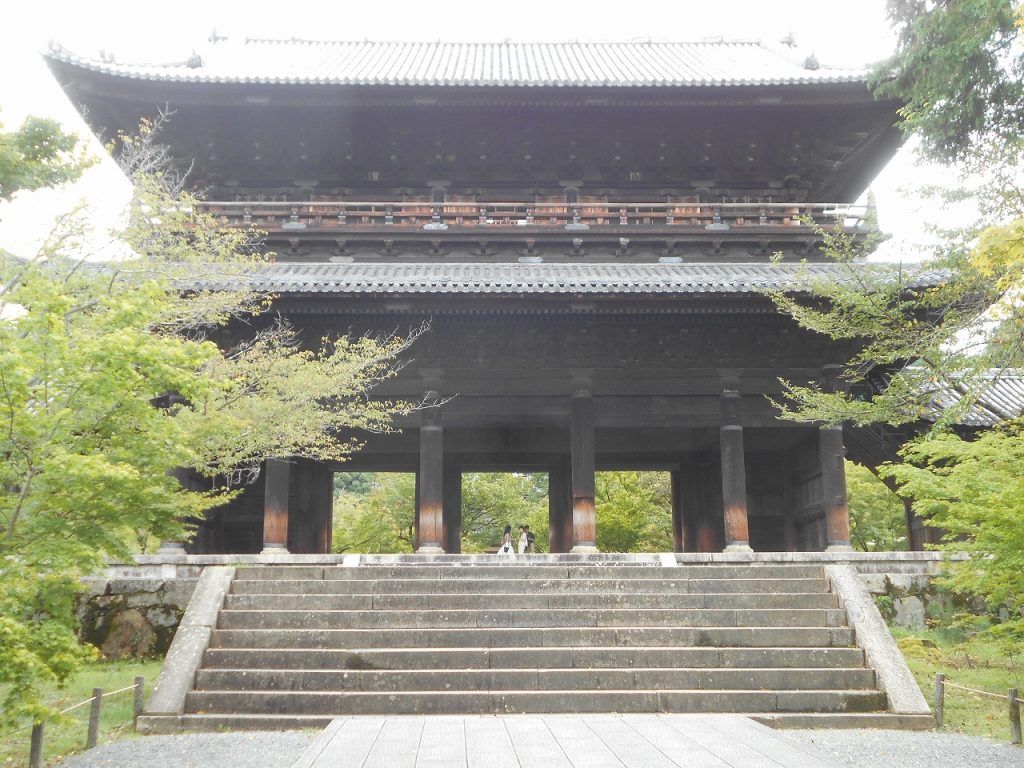
① The three gates of Kyoto are Chion-in, Ninna-ji and Nanzen-ji Temple.
Three gates of Nanzen-ji is known for the “three achievement of enlightment, which represent “Vacuity”, “No form”, and “Natural”.
(京の三大門は、知恩院、仁和寺、南禅寺である。南禅寺の三門は三解脱門といい、「空・無想・無作」の意味を持っている。)
② You may see lots of maple trees inside of temple grounds. Especially, in a spot nearby the Three Gates is very popular with the saying of “What an impressive site”,
By a famous thief Goemon in Kabuki show. This is the best place to see marvelous view leaves around the Kyoto city.
(境内のあちこちで楓が見られる。特に、歌舞伎の石川五右衛門の名セリフ「絶景かな、絶景かな」で知られる三門周辺には楓が多く、京都市内に点在する紅葉が一望できる、正に絶景ポイントである。)
2) Nanzen-ji waterway , 南禅寺水路閣
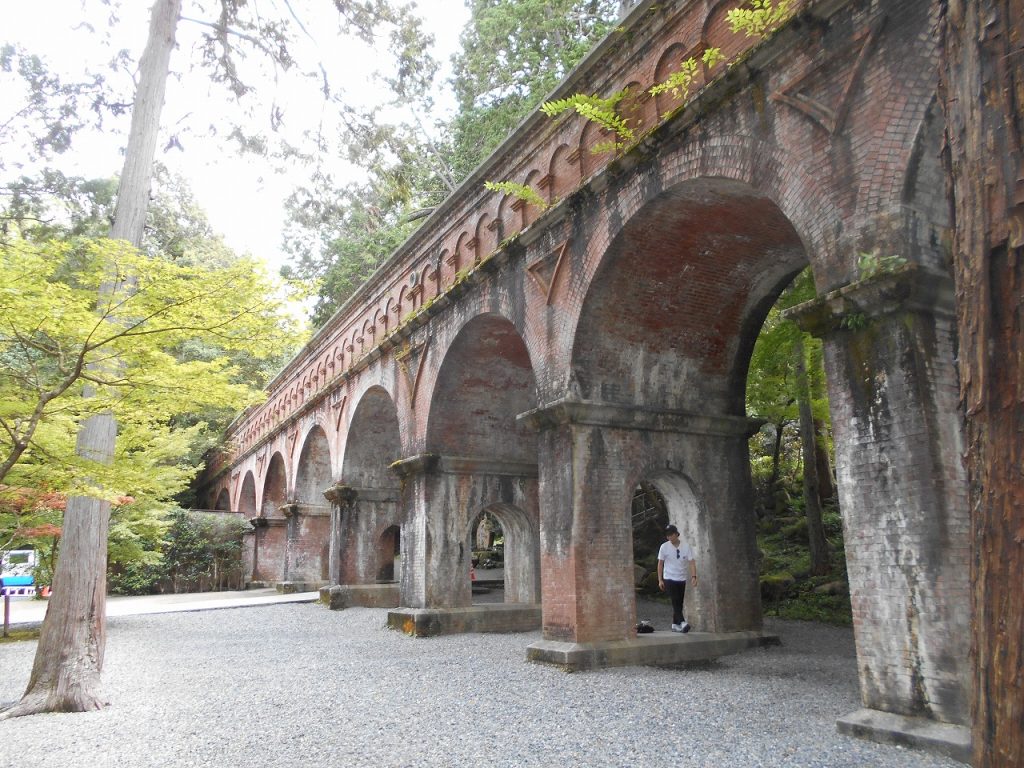
① This waterway was arched pier aqueduct with 93m length, 9m height incivilization flowering soon 1888. It is a feat that brought blessing to future generations so as to control artificial water-resources of Lake Biwa.
The functionality and design of these buildings are also outstanding.
(文明開化から間もない1888年に作られた全長93.2m、高さ9mのアーチ型橋脚の水道橋である。琵琶湖の水資源を人為的にコントロールする技として、後世に恵みをもたらした偉大な実績である。水路閣は建造物の機能性と美的デザイン性も抜群である。)
② That was used as a location for the many drama, commercial and anime and have been added flower to the work, particularly it is indispensable for suspense.
(数々のドラマやCM,そしてアニメなどのロケ地としても使われ、風格漂う姿で、作品に華を添えてきた。特に、サスペンスドラマに欠かせない存在である。)
3) Garden of “Torano-ko-watashi” 名勝“虎の子渡し”
① There are lots of cultural assets in the temple. The Dai Hojyou and Shou Hojyou are registered as National treasures. Chokushi gate, three gates and others also registered as Important Cultural properties.
(国の史跡に指定されている南禅寺の境内には多くの文化財がある。大方丈と小方丈は国宝に指定され、勅使門、三門他内部の襖絵の多くは重要文化財に指定。)
② The front garden Houjyou is very famous for the dry style garden with the name of “Torano-ko-watashi” which means the tiger pass its baby, made by Enshu Kobori,
(方丈前庭は小堀遠州作「虎の子渡し」といい、枯山水庭園として有名で国の名勝に
指定されている。)
4. What is highlight ?
1) 勅使門 Chokushi-mon(Important cultural property)
Chokushi-mon is a gate to communicate the Emperor’s intention.
It was relocated from Gyosyo by Empeor Nyouou in 1641.
(勅使門は天皇陛下の意思を直接伝えるために、派遣される使いの門である。
1641年に明王天皇より御所にあったものを譲り受けたものである。)
2) 雲竜図 Unryu-zu
In lots of Zen temples, there are a picture of a dragon on the ceiling of Houdo.
We cannot usually enter, but can see a powerful cloud dragon figure from the outside.
(禅寺の多くには、法堂に龍の天井画がある。普段は入ることができないが、外側から迫力のある「雲竜図」を見ることができる。)
3) 方丈 Houjyou
There are Dai Hyoujyo and Syo Hyoujyo at the back site in this temple. Houjyo is the living for Zen temple’s priest. There are lots of sliding screen paintings in Houjyo which have already 400 years and so stocked in the storage.
(南禅寺には、大方丈とその背後にある小方丈がある。方丈は、禅宗寺院の住職の居室のことである。方丈には、数々の襖絵が飾られており、400年経過しているので、収蔵庫に保管している)
4) 方丈庭園 Houjyo garden
The front garden of Houjyo is a representative dry-style-garden in the early Edo period.
Another name is “Torano-ko-watashi” and this garden in more famous than Ryouan-ji of dry-style-garden.
(大方丈の前面に望める方丈庭園は、江戸時代初期の代表的枯山水庭園である。別名「虎の子渡し」ともいい、龍安寺の枯山水より有名である。)
5) 最勝院高徳院 Saisyoin-Kotokuin
When you pass through the waterway, you can see Saisyoin-Katokuan.
Beautiful green season and red leaves are also exquisite.
The pine is called “Matching Pine” because a 300 year-old crape myrtle and a 100 year-old pine are intergrated.
(水路閣をくぐると「最勝院高徳庵」が見える。新緑の季節の美しく、紅葉は絶品である。
この松の木は、「縁結びの松」と呼ばれ、樹齢300年の百日紅の木と樹齢100年の松の木が仲良く一体化している。)
6) 南禅院天授庵 Nanzenin-Tenjyuan
It is also worth seeing the gardenof Chisen Kaiyu Style located in the Nanzenin Tenjyuan. It’s style pond at the center and surrounding garden path style.
(南禅院天授庵池泉回遊庭園も見ごたえがある。)
7) 春の桜、秋の紅葉
Sakura in Spring & red leaves in Autumn
In spring, the temple grounds will also be full of cheery bloosom. The temple grounds are so huge that it is difficult to point out enjoys the collaboration of white wall, garden path and cherry bloosoms.
(春は桜も咲き乱れる。広い境内なので、ここがポイントと言うのはないが、白い壁と小道との桜のコラボを見て、京都に来て良かったと思って頂けるスポットです。)
